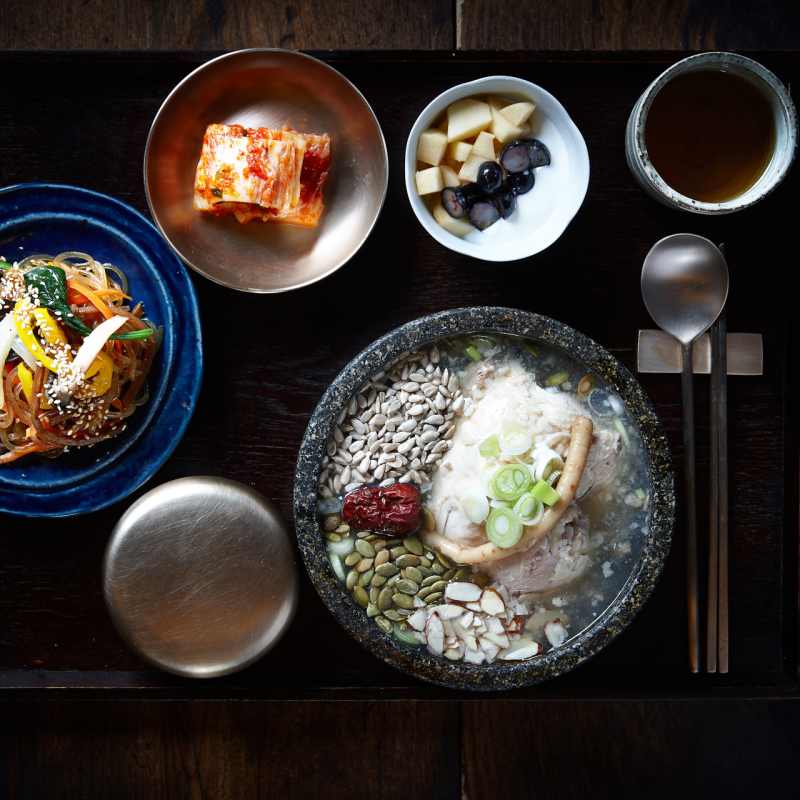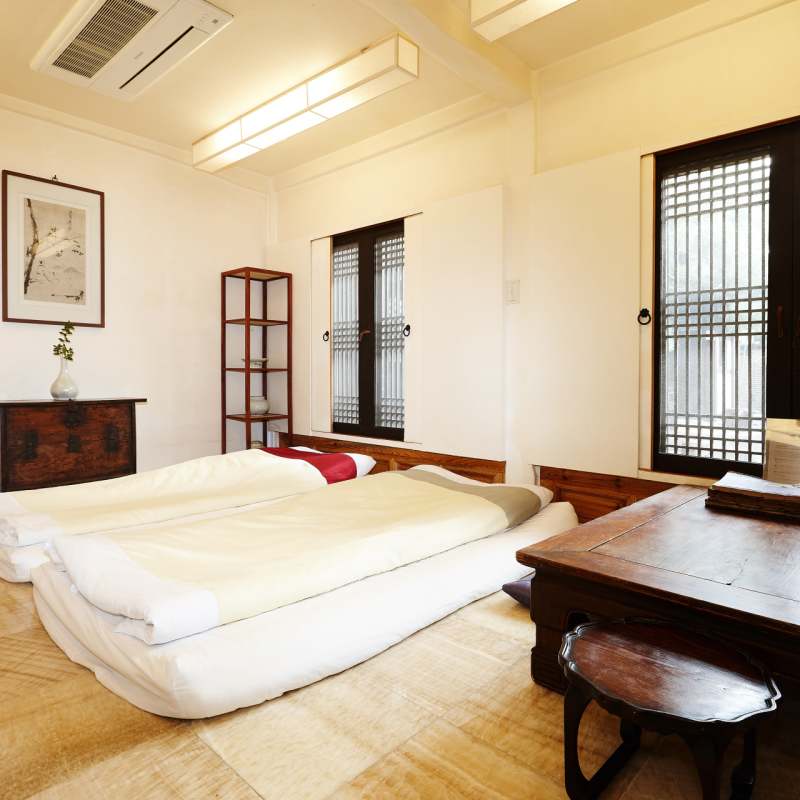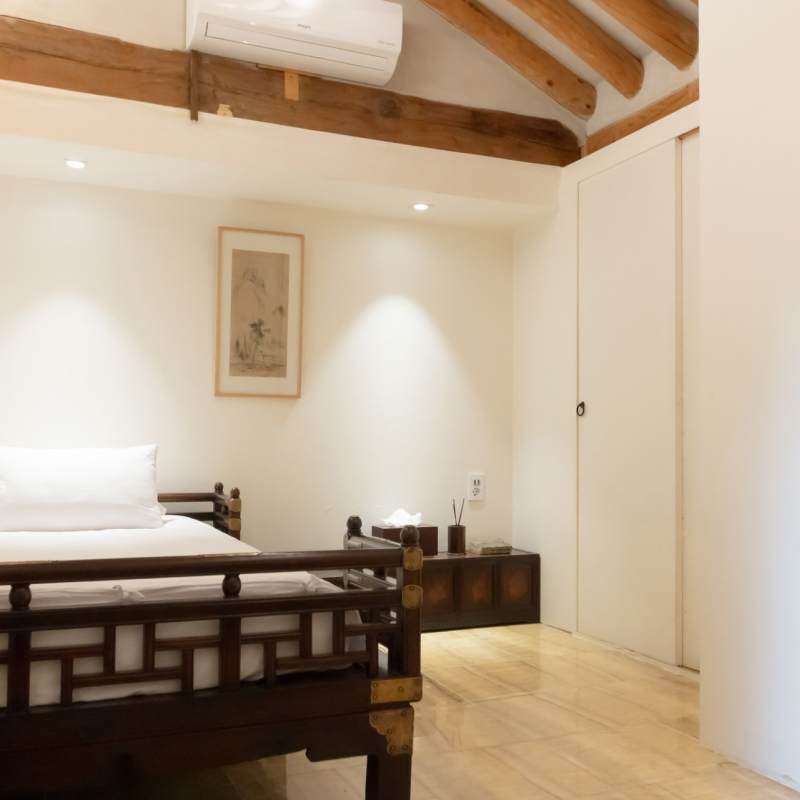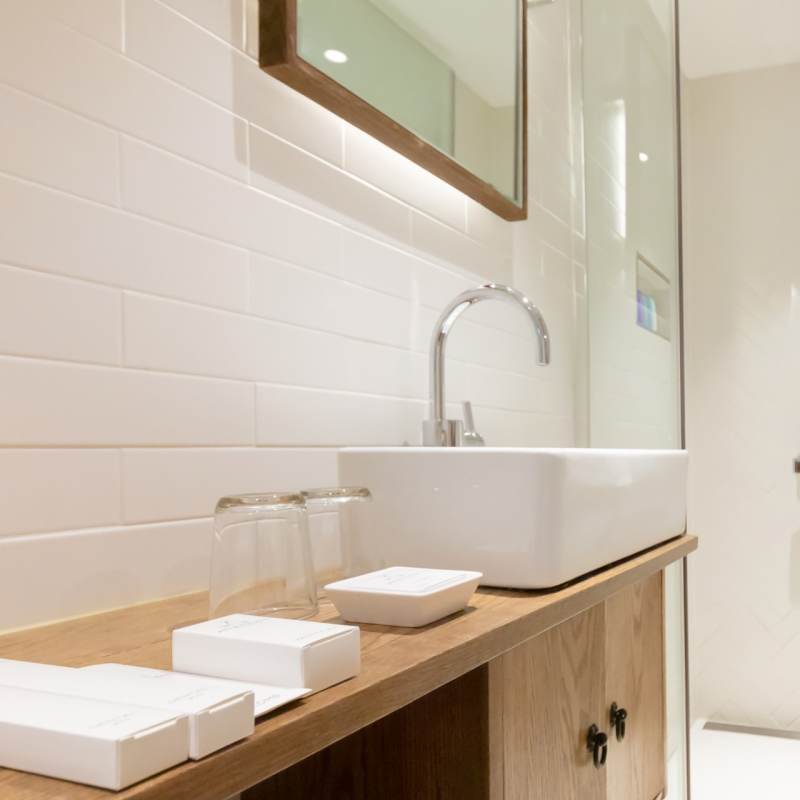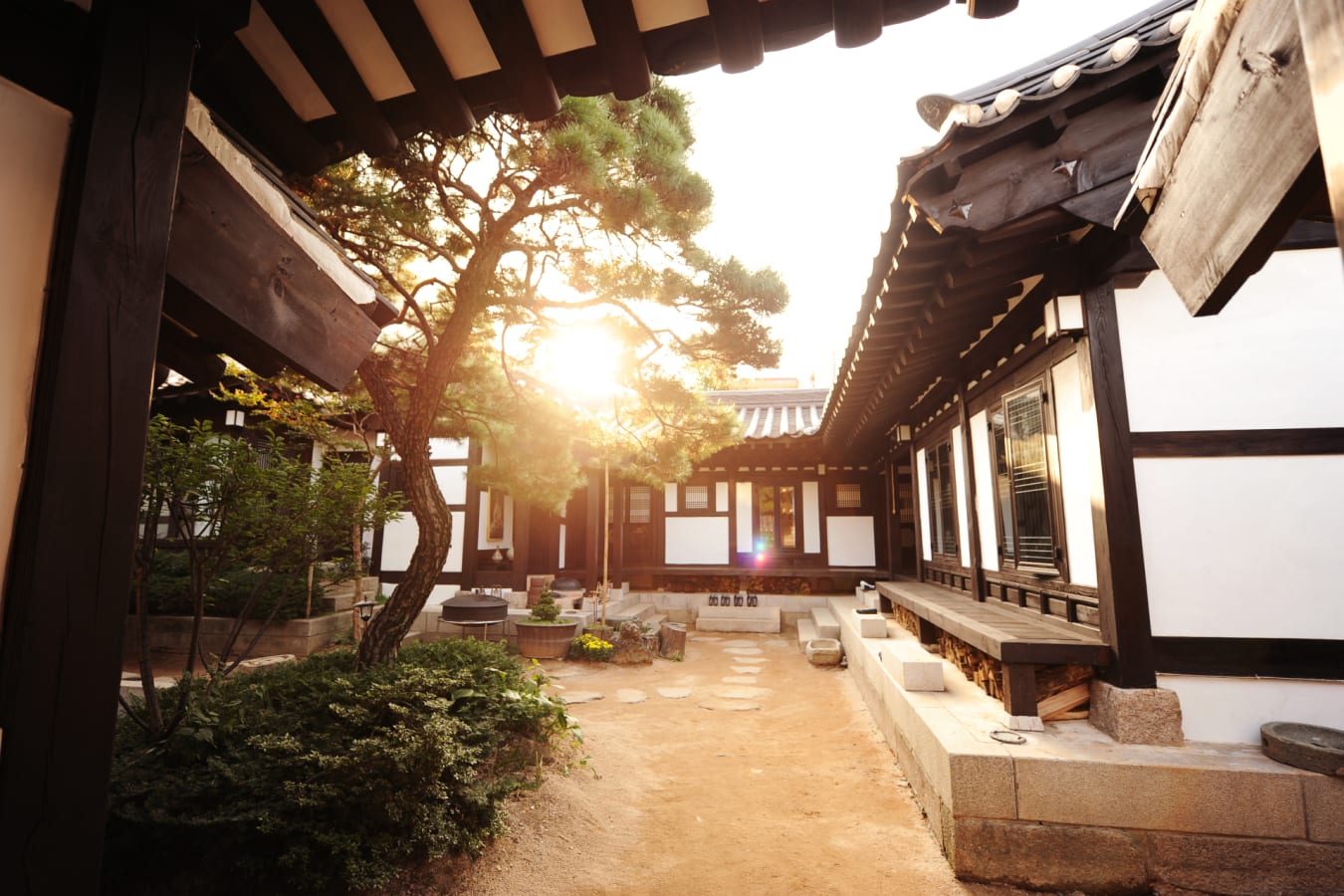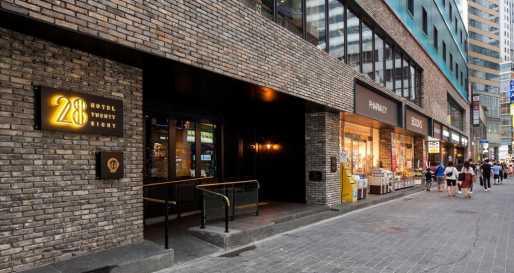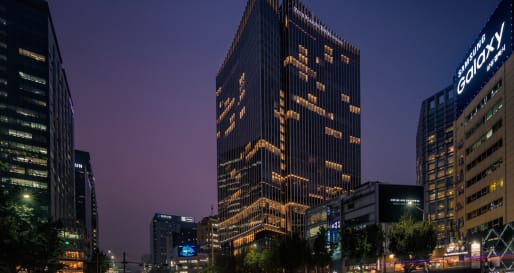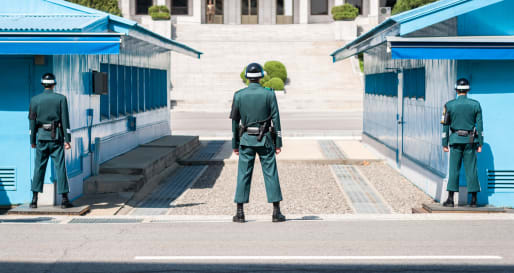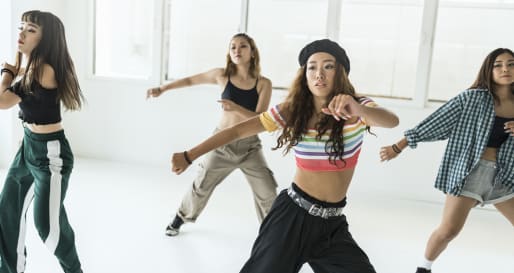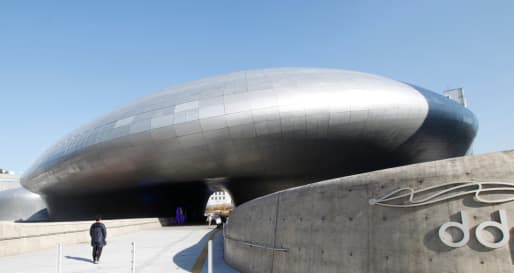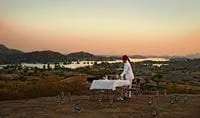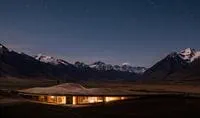With a 140-year history, Bukchon Hanok Village has been painstakingly renovated by Korea’s master craftsman, Young Jin Chung, to international acclaim. The historic architecture was inspired by the Joseon dynasty, who first built these black roof tiled hanoks (houses) as homes for the yangban, the aristocrats of the era. To infuse the setting with a sense of calm and sanctuary, nature has been seamlessly integrated into the living spaces, helping to create a positive state of wellbeing.
Today, guests are welcomed into a beautiful complex of hanoks, pavilions, lotus ponds, and courtyards. In developing this stunning hanok hotel, Rakkojae has taken inspiration from the Italian concept of albergo diffuso, with the five guest hanoks dotted throughout the village, providing a sense of community and an intimate glimpse into the local lifestyle. Choose from the Master Bedroom, Far Bedroom, and the popular Patio Room, featuring a private terrace. Families and small groups are accommodated in the Separate House, while the Gate House, originally used for tea and meditation is for single occupancy.
Each hanok guestroom provides all the amenities of an upscale boutique hotel, such as modern ensuite with Aromatherapy Associates bathing products, robes and hairdryer, climate control, a coffee machine, kettle, and minbar stocked with carefully curated local snacks and treats. Yet the main draw is the opportunity to experience the traditional Korean lifestyle. Guests sleep on thick comfortable mattresses on the natural jade ondol heated flooring, said to promote improved blood circulation and quality of sleep. Constructed entirely from natural wood, stone, and clay, the hanoks are furnished with authentic antiques, have beautiful views of the gardens, and promote a soothing sense of deep calm and tranquillity.
Rakkojae has also developed a meditation themed hanok stay on the same site, Bukchon Binkwan. Located close to the Culture Lounge and above The Living Room Korean Tea House, high on a hill in the village, Bukchon Binkwan is housed in a 90-year-old wooden hanok, offering superb views across the village and wider city. However, unlike Rakkojae Seoul, the accommodation is not in independent units, but rooms with shared walls and as such, is unable to accommodate younger children. The accommodation includes several one-bedroom suites which can be connected for up to six guests.
Charming Korean hospitality is always on hand for help and advice and on arrival, guests are greeted with welcome tea and Korean snacks to enjoy in their guestroom. There is a complimentary breakfast with a choice of Western-style or Korean cuisine. We would recommend the Korean option to add to the overall cultural experience. This often includes a hearty seaweed soup, grilled fish, rice, and several side dishes, such as kimchi.
Guests have complimentary use of the relaxing wood-fired natural mud jjimjilbang sauna and can visit the Rakkojae Culture Lounge to enjoy a meditative tea ceremony and learn more about traditional Korean culture. The Culture Lounge originally served as a sarangbang, a reception room where aristocrats would welcome their guests. We would recommend a clear schedule for your stay, as this is the perfect environment in which to do nothing but listen to the chirping birds, the drip of melting snow and the rustle of the breeze as it ripples through the bamboo and pine trees.



